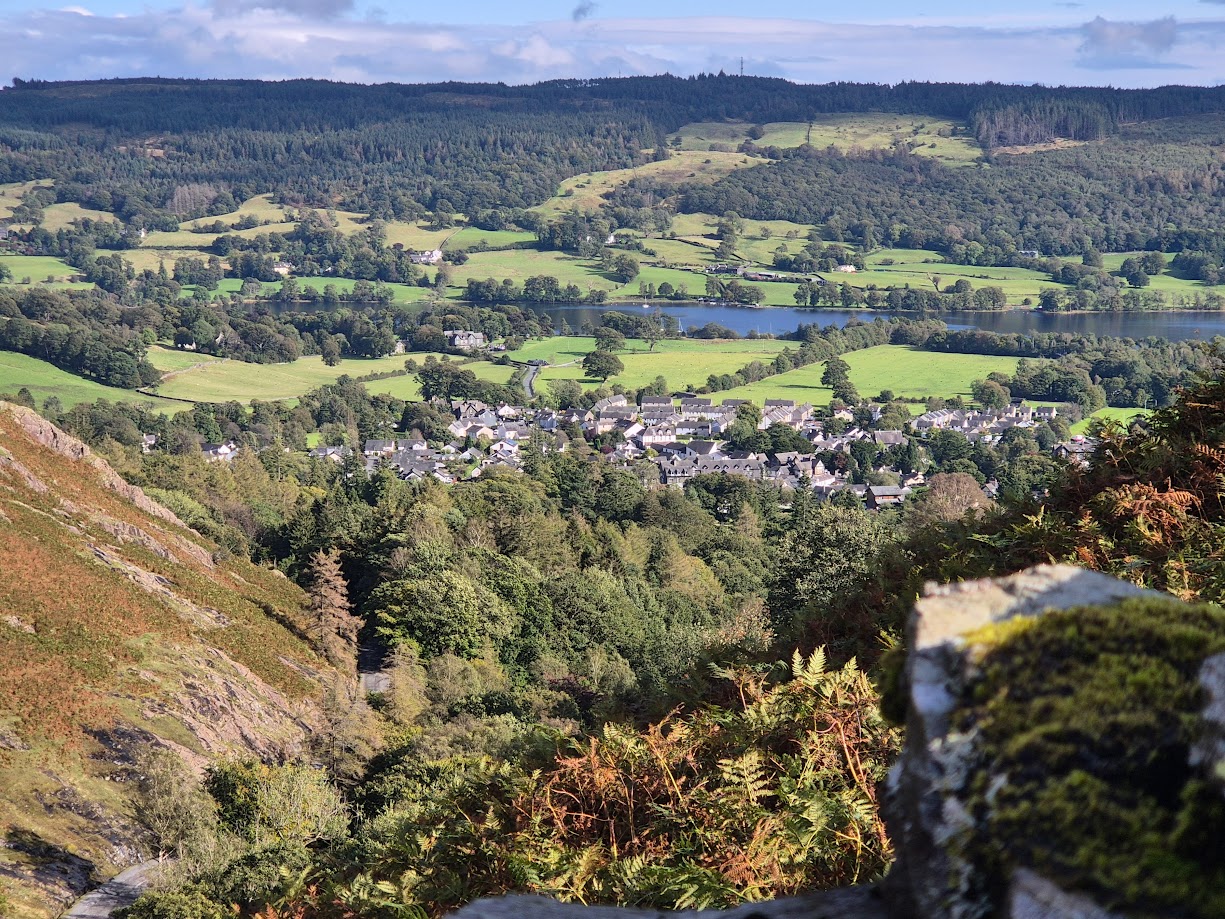Is the ESG market over? This was the question put to Lee Clements, head of applied investment research at FTSE Russell, on a recent episode of the Responsible Investor podcast.
No, he replied: the ESG party might be over, but the ESG market isn’t going away, and is beginning to grow up. It’s just like tech didn’t go away after the burst of the dot-com bubble, but is now one of the biggest sectors of the market and intrinsic to everything.
The same could be said of natural capital markets. Until last year, there was something of a natural capital party in the young market. Land was being purchased at inflated prices by investors excited to capture carbon and restore biodiversity. There was excitement amongst both the investors and the rural economy: selling this marginal land could raise valuable capital to invest in other rural business like food production or tourism.
This year, that bubble appears to have burst. Purchasers struggling with the complexity and cost of implementing change on the ground, never mind making a financial return, have been in the headlines. The land market has cooled, and it feels as if activity has paused.
The natural capital party might be over, yet there are plenty of signs that the natural capital market is here to stay, building, maturing, and even accelerating.
We are seeing the rise of the partnership project. Instead of a funder buying land to achieve nature restoration single-handedly as king in their own domain, they work in collaboration with long-standing landowners, research institutions, communities, government agencies. This seems more complex at the outset, but returns rich rewards.
The partnership enables the funder to draw on the vital human capital which makes a project work. They retain the gamekeeper, ornithologist, shepherd, forester who have lived and worked on the land for decades and understands its ways. They tap existing links to local projects such as Rivers Trusts, nature networks, or community nature clubs, bringing expertise, support and added value to the project. They do not bear all financial liability for the land: local partners running food, timber, energy or tourism businesses generate income contributing to sustainable management, and share risk and reward.
Partnership strengthens the governance of projects, by ensuring strong organisations have an interest in, and therefore scrutiny of, a project. This was another point made by Lee Clements: the ’G’ of ’ESG’ will not go away, because any investor which fails to attend to the governance of companies in which it invests will quickly come a cropper. Natural capital can be full of aspirations for reporting and transparency, but unless there are interested partners to read the reports and ask questions at the AGM, governance, and therefore delivery, is almost bound to go awry in time.
If natural capital is growing, not going, could it threaten to overwhelm the rural economy? In one sense perhaps: I believe it will transform the rural economy. One growing facet of natural capital is the proliferation of supply chain initiatives to lower the environmental impact of commodities from the land, like food, alcohol, timber, or renewable energy.
Yet it is possible to see natural capital starting to fire significant growth in the rural economy. Rather than seeing a conflict between ‘production’ and ‘nature’, many people in the rural economy work in both. We need more ecologists, to mitigate impact of low-carbon infrastructure and develop nature restoration. We need more foresters, to supply the low-carbon construction sector and create apex forest habitats. We need more agricultural consultants, to shift ploughing, sowing and reaping to a regenerative model. We need more conservation graziers, to manage large herbivores to increase flowers and insects in our landscapes while producing sustainable protein. We need more keeper-rangers, to sustain the balance between mammals, birds and invertebrates (see previous blog), and introduce people to immersion in nature. The list could go on.
Galbraith are preparing to launch a portfolio of this kind of partnership project, combining investment and expertise, impact and accountability, production and nature. We are excited to be at the heart of the maturing natural capital market, and about what we can bring to what is perhaps a less excessive but much more interesting party.
